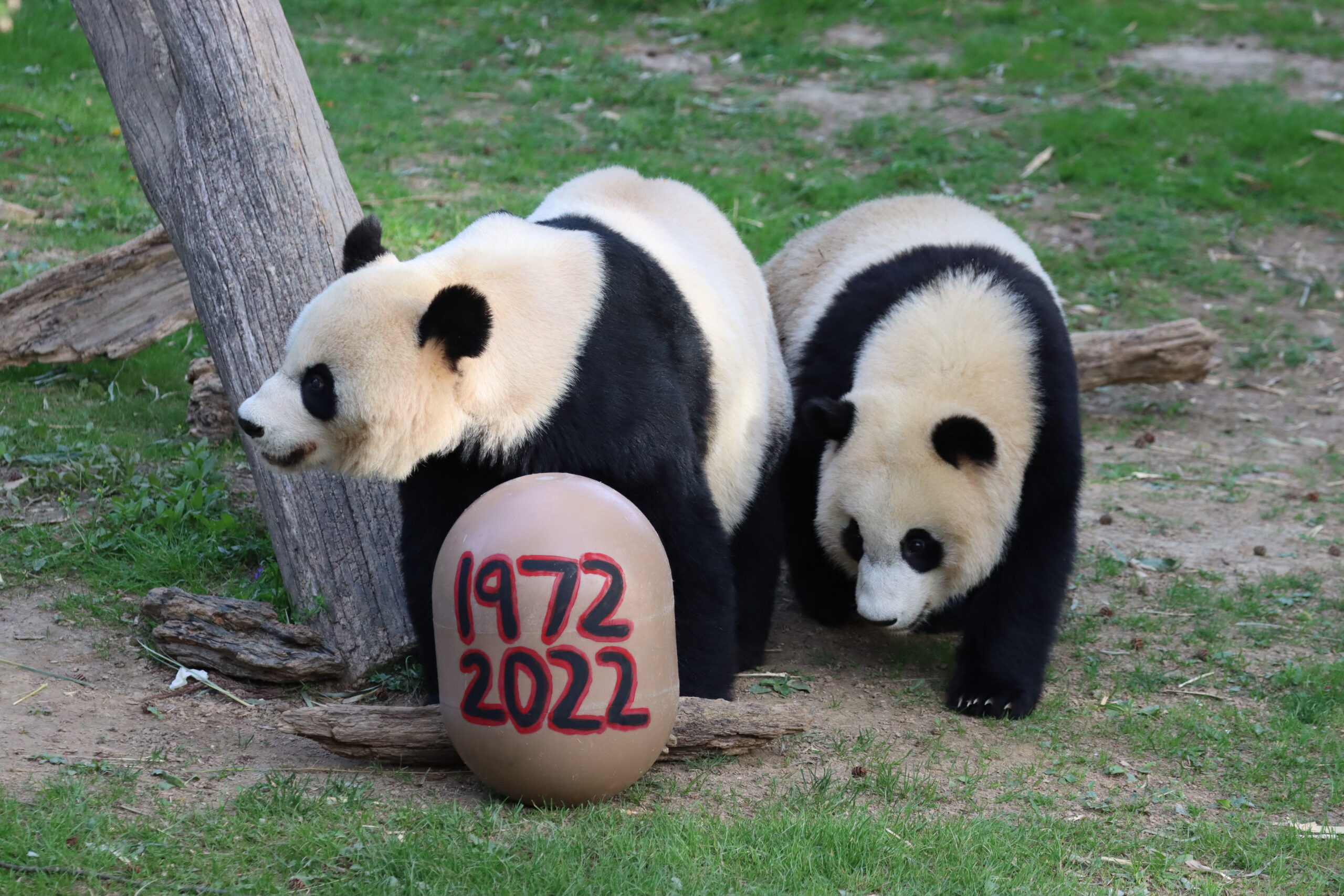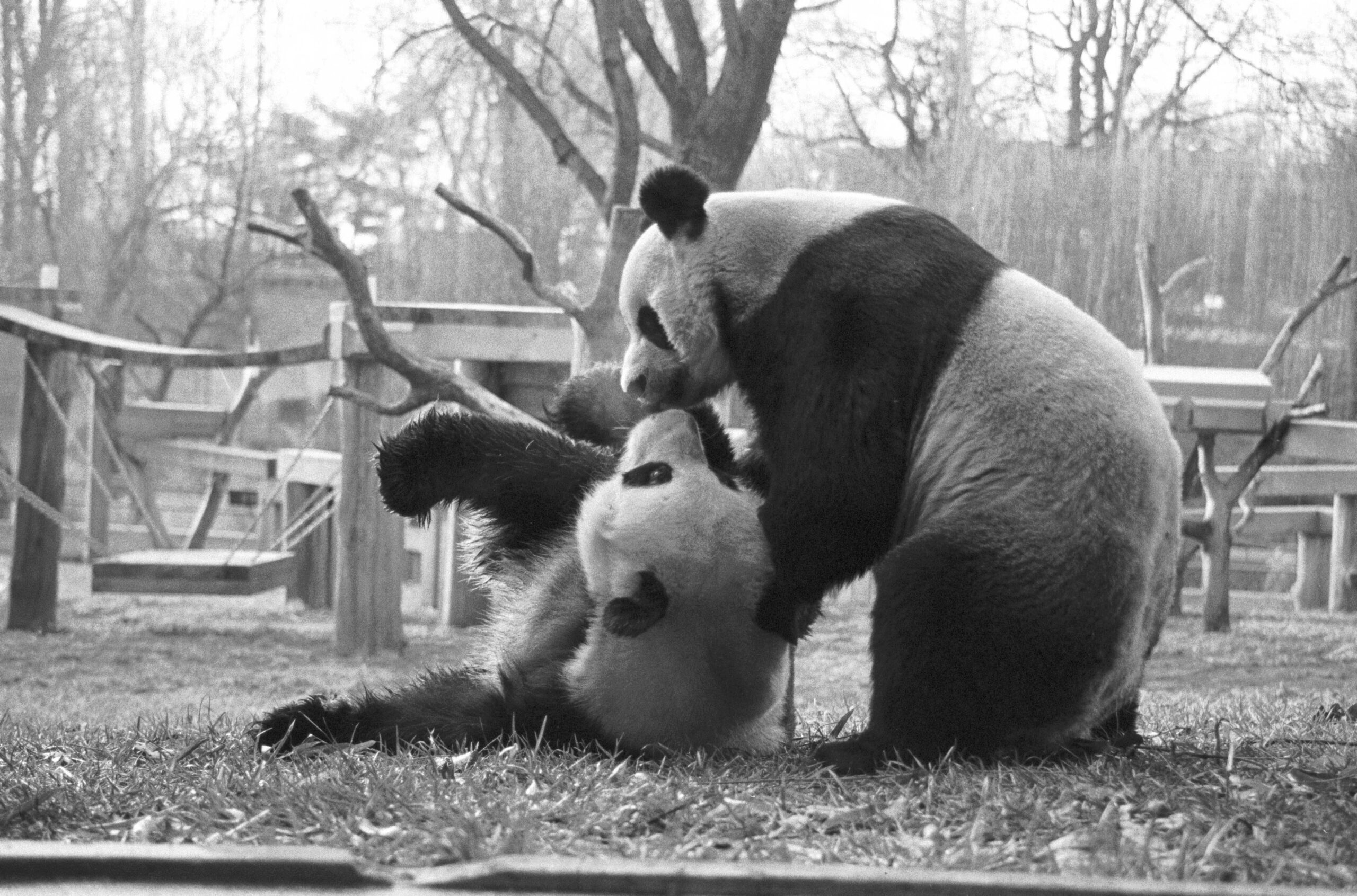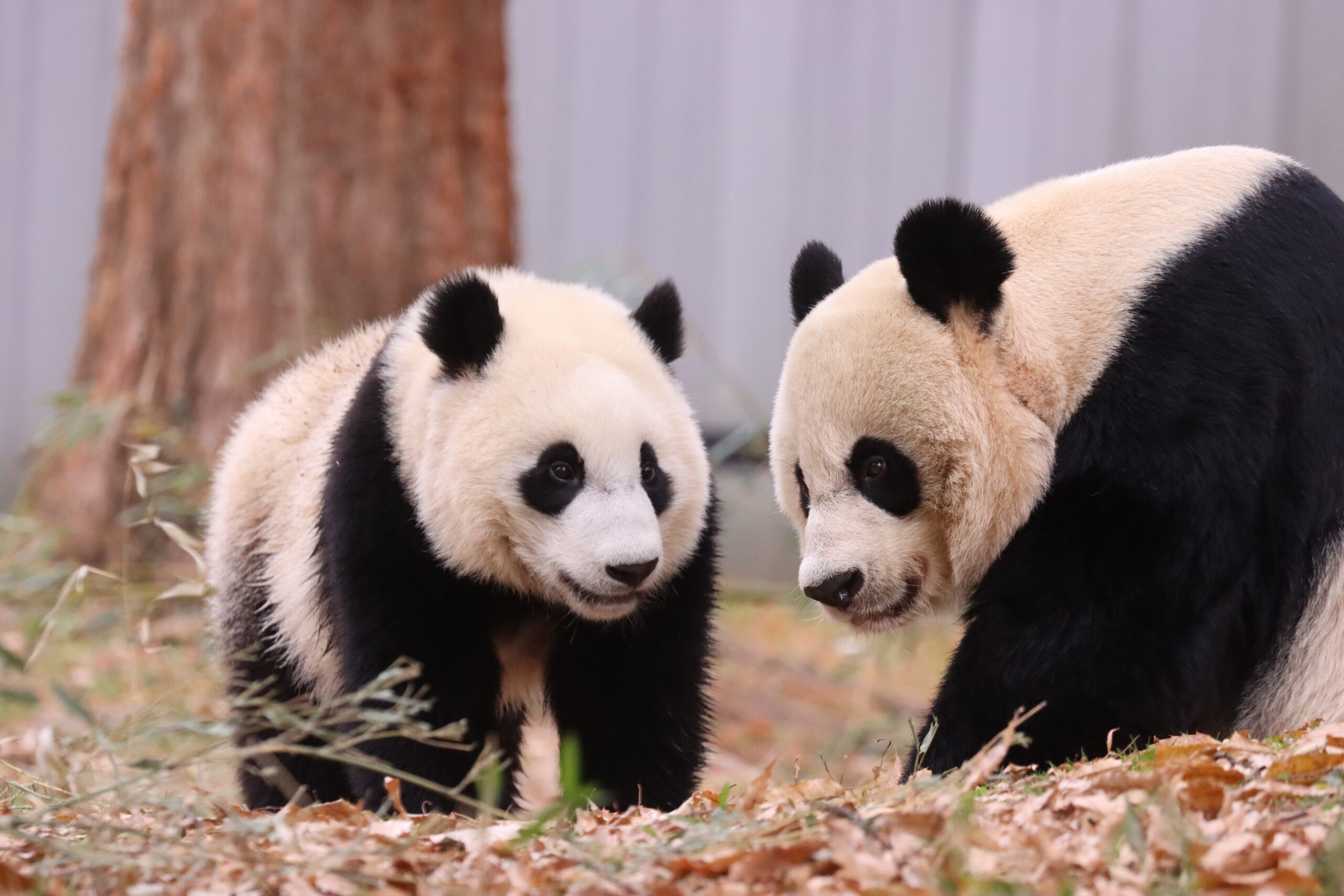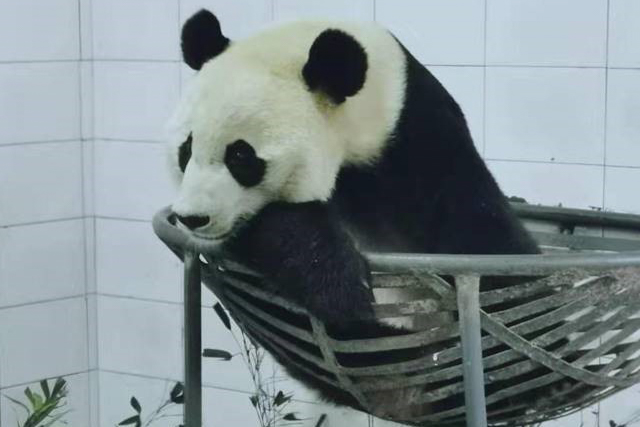DC's giant panda cub is a male and sired by Tian Tian
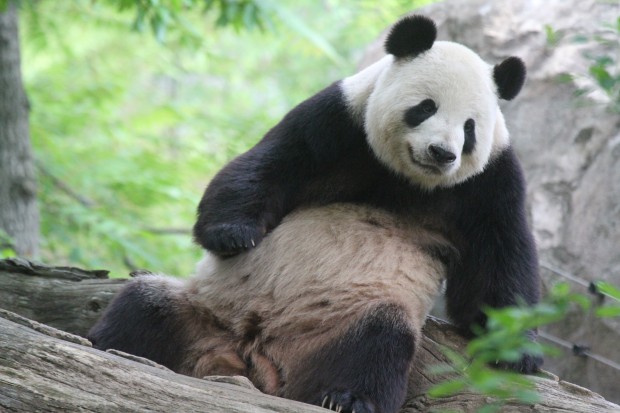
Scientists at the Smithsonian Conservation Biology Institute’s Center for Conservation and Evolutionary Genetics confirmed that the giant panda cub born Aug. 22 at the National Zoo is male. A paternity analysis showed that Tian Tian is the cub’s father. Scientists also confirmed the deceased cub Mei Xiangdelivered was a male, also sired by Tian Tian. The cubs were fraternal twins.
To determine gender, Zoo scientists sequenced a short fragment of the zinc finger protein gene. The method was developed by SCBI scientists and veterinarians and previously determined to reliably identify the sex of pandas.
For the paternity tests they compared genotype profiles of DNA samples from the cubs to profiles from Mei Xiang, Tian Tian and Hui Hui (h-WEI h-WEI), a panda living at the China Conservation and Research Center for the Giant Panda in Wolong in China. The semen sample from Hui Hui was frozen and flown from China to SCBI’s genome research bank at the National Zoo. As a result of previous conservation research, SCBI’s Center for Conservation and Evolutionary Genetics had blood samples from Mei Xiang and Tian Tian on hand. They compared the DNA of the cubs’ cheek cells to the adult pandas’ DNA samples for the tests. Veterinarians collected the cheek-cell samples with a small swab during a preliminary health check Aug. 24.
“What we have learned will greatly add to our body of knowledge about artificial inseminations in pandas,” said Rob Fleischer, head of the Center for Conservation and Evolutionary Genetics. “Determining the pedigree relationships of a cub is a key aspect of helping to maintain a genetically diverse population. Our ability to assess the cub’s lineage will help our colleagues ensure that he finds a suitable mate.”
Developed from the experience and success of Chinese partners and other zoos, the hand-rearing protocol provided the panda team with several strategies to manage twin cubs. Swapping the cubs between mother and hand-rearing is a proven method that enables zoo staff to best care for twins in the event that the mother cannot manage two cubs, which was the case with Mei Xiang. When swapping the cubs became difficult, the panda team had in their possession the smaller cub, which was losing weight, needed calories and energy, and was at risk if he remained away from Mei Xiang for a prolonged period of time. The cub’s best option for survival was to receive supplemental feedings via bottle and tube, but both techniques present risks. The team witnessed some regurgitation of food during one feeding, so the cub was started on antibiotics as a preventative measure.
The smaller cub was with Mei Xiang from about 2 p.m., Aug. 25, until the morning of Aug. 26. When the panda team swapped the cubs, they assessed the cub and had concerns because he had not increased in weight, appeared weaker and exhibited possible respiratory issues. He died shortly after 2 p.m. Based on the necropsy’s gross findings, Zoo pathologists and veterinarians determined the most likely cause of death to be complications associated with aspiration of food material into the cub’s respiratory system resulting in the development of pneumonia.
Source: Smithsonian’s National Zoo






